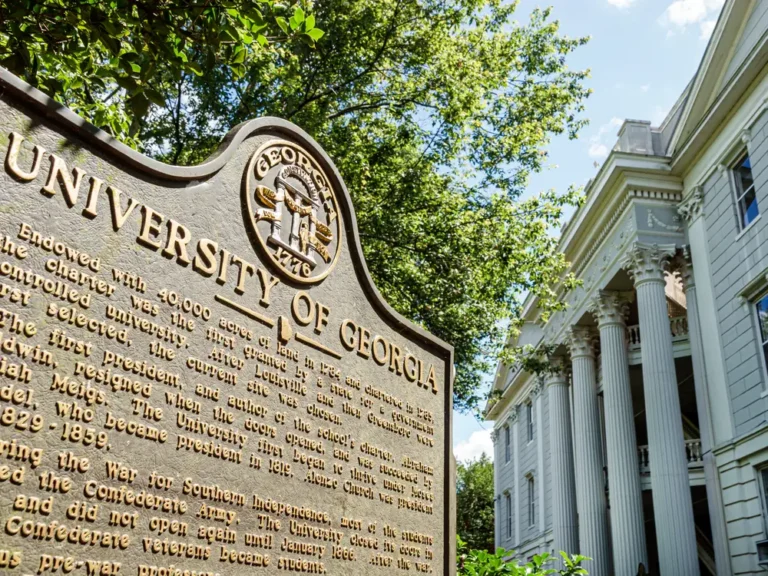Opinion: High-speed broadband is essential for every California family

PUC must ensure that unserved and underserved residents have access they deserve
“Leave no family members behind.”That is Gov. Gavin Newsom’s and the federal government’s ambitious and appropriate goal of bringing affordable, reliable, high-speed home broadband to every unserved and underserved family in California through the Bipartisan Infrastructure Act.
Home broadband, like water and electricity, is essential. Our ability to access telehealth, education, jobs, public safety, and emergency services is impacted by reliable internet.
We have the opportunity to meet the moment and achieve this critical goal with state and federal funds described as “once-in-a-lifetime” to finally bridge the digital divide. In California alone, 996,302 people — mostly families — rely on our policymakers to get this right.
The Federal Communications Commission (FCC) rightly demands that dependable home broadband provide 100 megabits per second (Mbps) “download” and 20 Mbps “upload.”To meet (or exceed!) the 100/20 Mbps broadband standard, both the United States Congress and our state legislature emphasize a “standards-based” approach, whether via fiber, fixed wireless, or satellite.
Three critical realities are required for success:
- Technology advances.
Tarana Wireless, a Silicon Valley-based next-generation fixed wireless access company, believes that fiber is the “gold standard.”Of course, in many suburban, rural, and tribal communities, constructing the necessary infrastructure can be prohibitively expensive and time-consuming.In some cases, an additional tool from the toolkit is required.
Tarana’s technology overcomes the limitations of traditional fixed wireless by achieving reliable “non-line-of-sight” connectivity, delivering reliable signals despite obstructions such as buildings, trees, or bad weather. Next-generation fixed wireless access is another fantastic broadband tool that meets and greatly exceeds the FCC’s “100/20” standard with speeds of up to 800 Mbps — and soon 1 Gbps and beyond — thanks to the fast and cost-effective deployment capabilities of fixed wireless.
- Finances are finite.
Congratulations to President Biden, Congress, Governor Newsom, and the California Legislature for making once-in-a-lifetime investments to finally close the digital divide in a timely manner. They have set aside billions of dollars in order to serve “100% of unserved and underserved families.”However, if California chooses a technology-specific approach over a standards-based approach, we will still be billions of dollars short and hundreds of thousands of California families will be on the wrong side of the digital divide. This will be especially true in suburban, rural, and tribal communities, as well as for families living on “stranded streets” in our cities. Fortunately, this is easily remedied by employing the appropriate tool for each job via a standards-based approach.
- Timely deployment matters.
Another significant issue with fiber broadband is the time it takes to deploy. My son Jake, for example, has just begun first grade. If we lived in a rural area, Jake could easily be in fifth or seventh grade before fiber was brought to our house (assuming funding hadn’t already run out), permanently losing another generation to the digital divide.
The California Public Utilities Commission (PUC) is currently considering how to meet the mandates set by Congress and California legislators to ensure affordable, reliable, high-speed home broadband for all Californians. Their decision will affect nearly 1 million unserved and underserved locations across our state. That equates to up to 3 million Californians in households with an average of three people. We simply cannot afford to fail. Fortunately, with a standards-based approach, success is within reach for every California family. Here is your “home broadband homework;” Please contact the PUC. Engage.
Carl Guardino is Tarana Wireless’ vice president of global government affairs and policy. He also serves as the California Transportation Commission’s vice chair.





